Heart of Hawaii’s historic Lahaina, scene of deadly wildfire, reopens to residents after 4 months
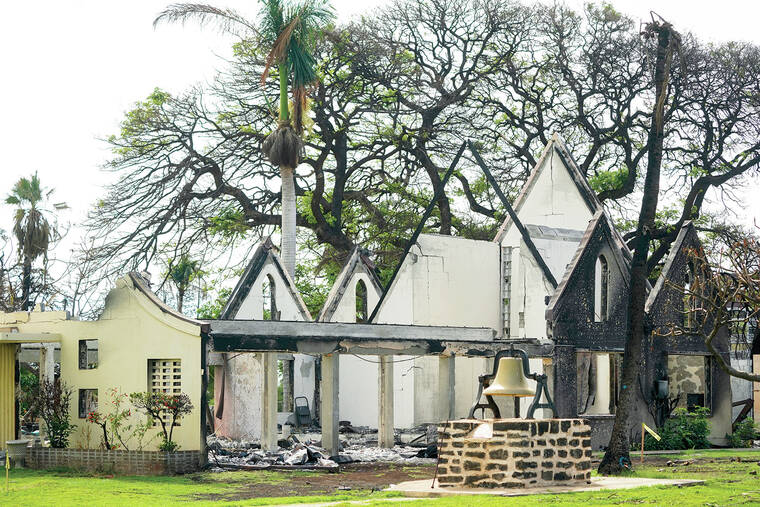
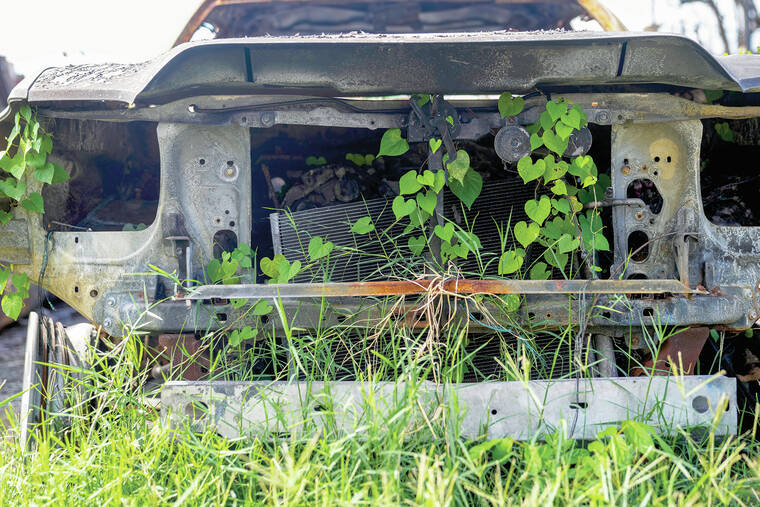
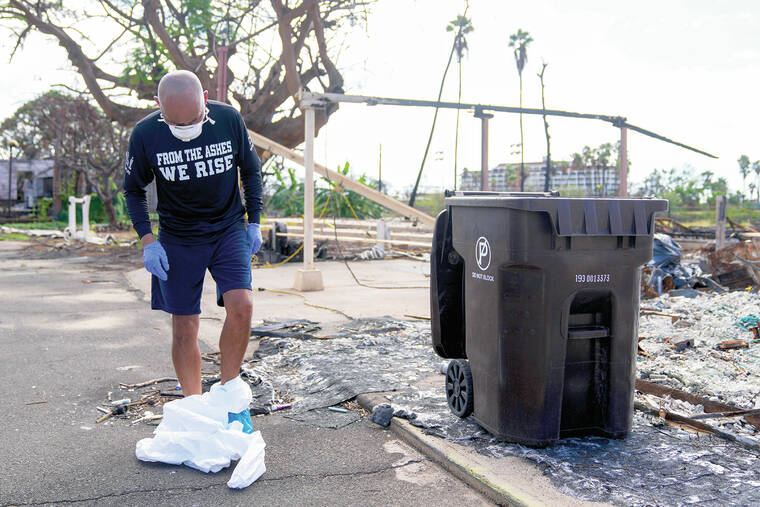
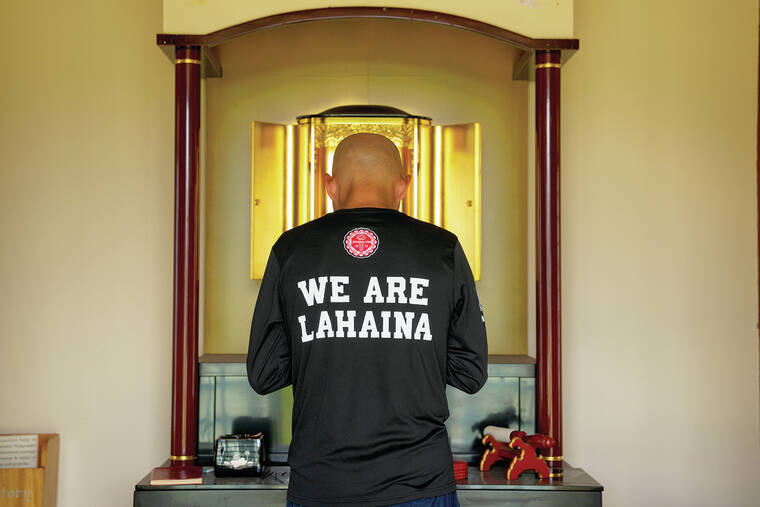
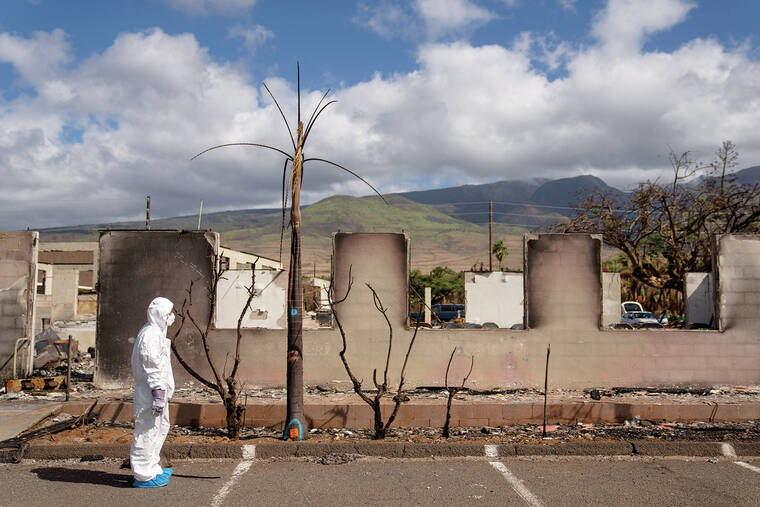
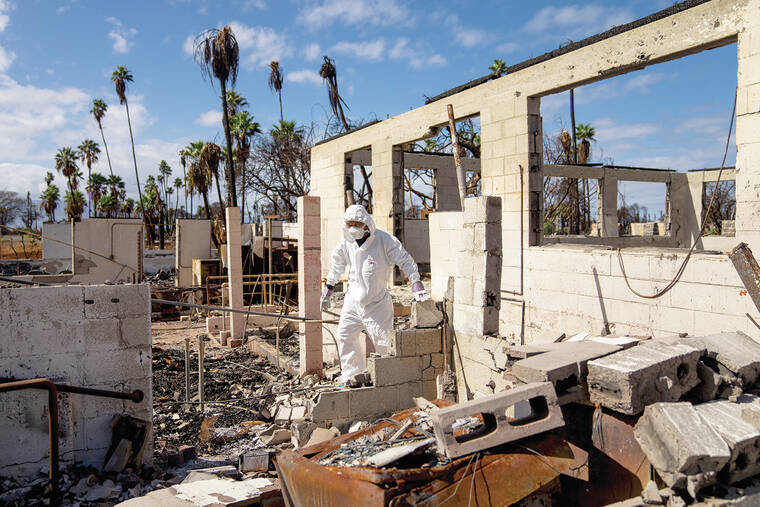
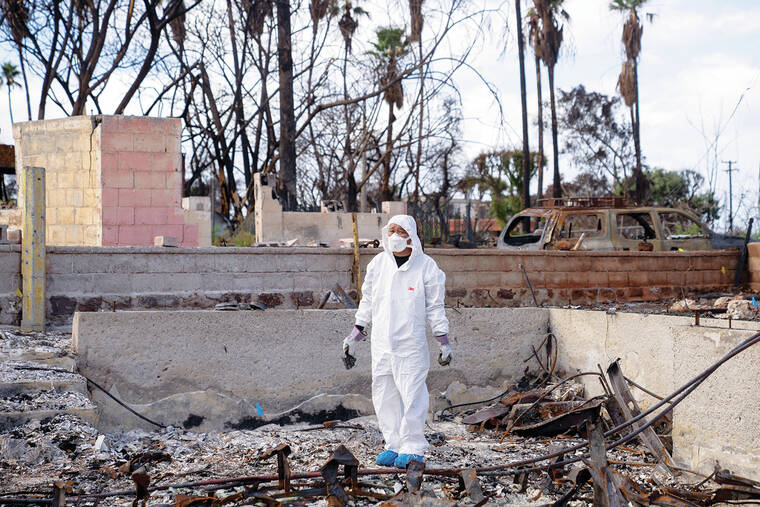
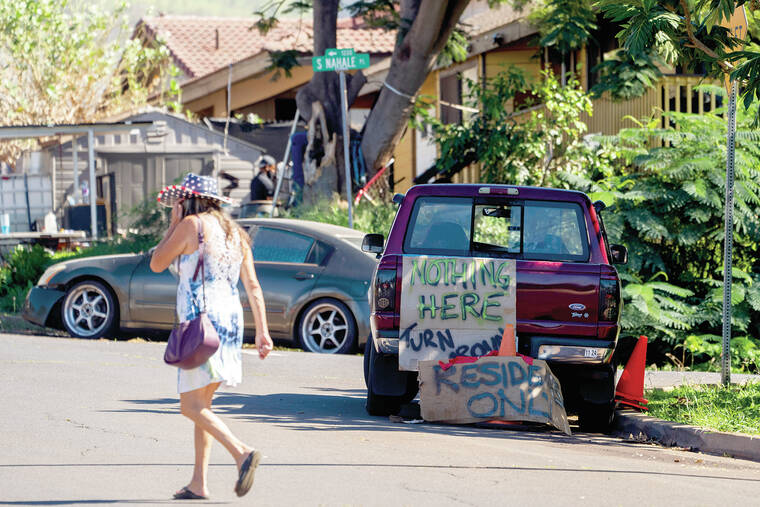
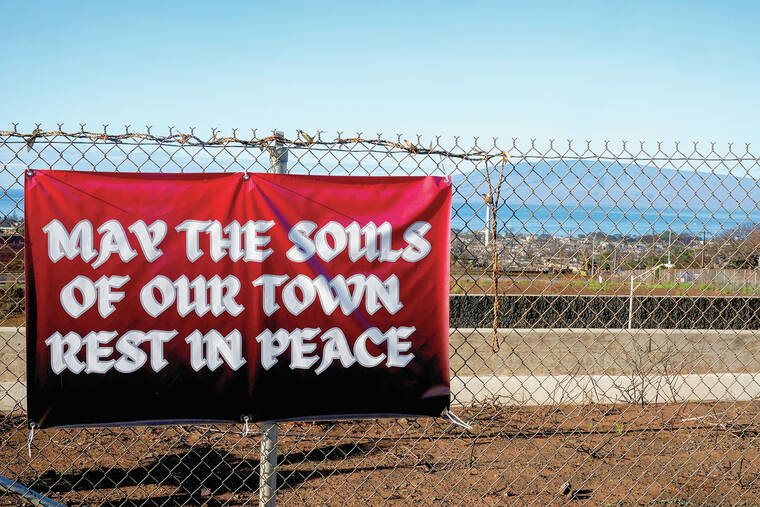
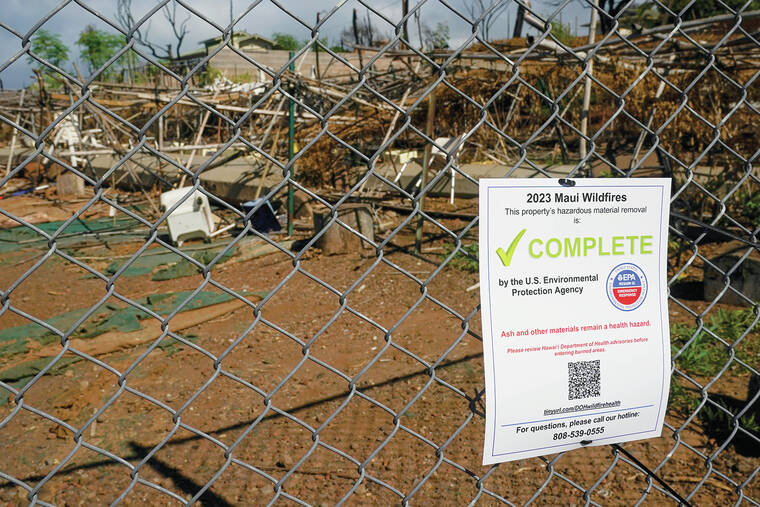
LAHAINA, Hawai‘i — The heart of Lahaina, the historic town on the Hawaiian island of Maui that burned in a deadly wildfire that killed at least 100 people, is reopening to residents and business owners holding day passes.
The renewed access on Monday and Tuesday marks an important emotional milestone for victims of the Aug. 8 fire, but much work remains to be done to safely clear properties of burned debris and rebuild. Some residents are concerned about where the fire debris will wind up on the island with a vibrant and delicate ecosystem.
The reopened areas include Banyan Tree Park, home to a 150-year-old tree that burned in the fire but is now sprouting new leaves, as well as Lahaina’s public library, an elementary school and popular restaurants.
An oceanfront section of Front Street, where the fire ripped through a traffic jam of cars trying to escape town, reopened Friday.
Authorities are continuing to recommend that people entering scorched lots wear protective gear to shield them from hazards.
On Sunday, the state Department of Health released test results confirming the ash and dust left by the fire is toxic and that arsenic is the biggest concern. Arsenic is a heavy metal that adheres to wildfire dust and ash, the department said.
The tests examined ash samples collected Nov. 7-8 from 100 properties built from the 1900s to the 2000s. Samples also showed high levels of lead, which was used to paint houses built before 1978.
Cleanup is still in its early stages. For the past few months, the U.S. Environmental Protection Agency has been removing batteries, propane tanks, pesticides and other hazards from the town’s more than 2,000 destroyed buildings.
Residents and business owners have been able to visit their properties after the EPA has finished clearing their lots. In some cases, residents — often wearing white full-body suits, masks and gloves — have found family heirlooms and mementos after sifting through the charred rubble of their homes.
The U.S. Army Corps of Engineers will begin hauling away the remaining debris and take it to a landfill after it gets permission from property owners.
Officials have said the debris would be put into dumpsters lined with impermeable plastic, then wrapped up and sealed with glue. Another layer of plastic would then cover it before it’s placed in the landfill site, which would be closed and covered with grass to look like a park.
The county plans to monitor the area for the next 30 years, the county has said. Officials plan to install groundwater wells between the landfill and the ocean to check for potential contaminant leaks.
Some Maui residents are skeptical about the plan, in part because the landfill is just 400 yards from the coast. The reef off Olowalu hosts the largest known manta ray population in the U.S. and is a primary source of coral larvae for the reefs of Lanai, Molokai and West Maui, according to The Nature Conservancy in Hawai‘i.
“Part of our fears and part of the dangers of this is, you don’t smell it. You don’t see it. It’s an accumulative toxin,” Eddy Garcia, executive director of Regenerative Education Centers in Olowalu, said of the potential toxins in the wildfire debris. “Every time you touch it, it goes into your face. It also seeps into the ocean. Algae will pick it up, and then fish eat the algae, bigger fish with those fish. And then we eat those fish.”
The EPA and the state’s health department have also installed 53 air monitors in Lahaina and Upcountry Maui, where a separate fire burned homes in early August. The department is urging people to avoid outdoor activity when monitor levels show elevated air pollution and to close windows and doors.

Water refurbishing, 1st??
Why on earth would you put a landfill with toxins only 400 yards from such an environmentally sensitive coast? This makes no sense.